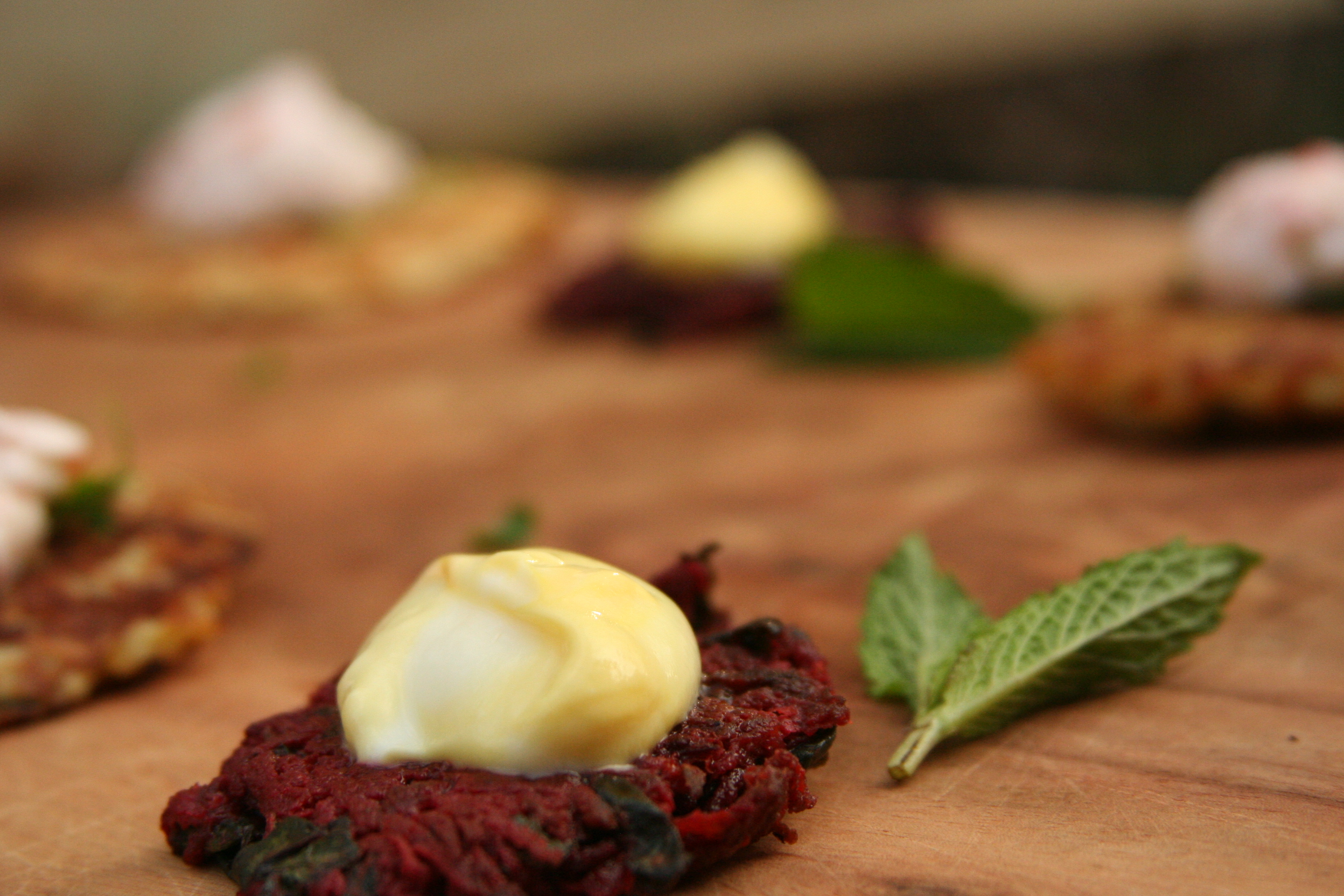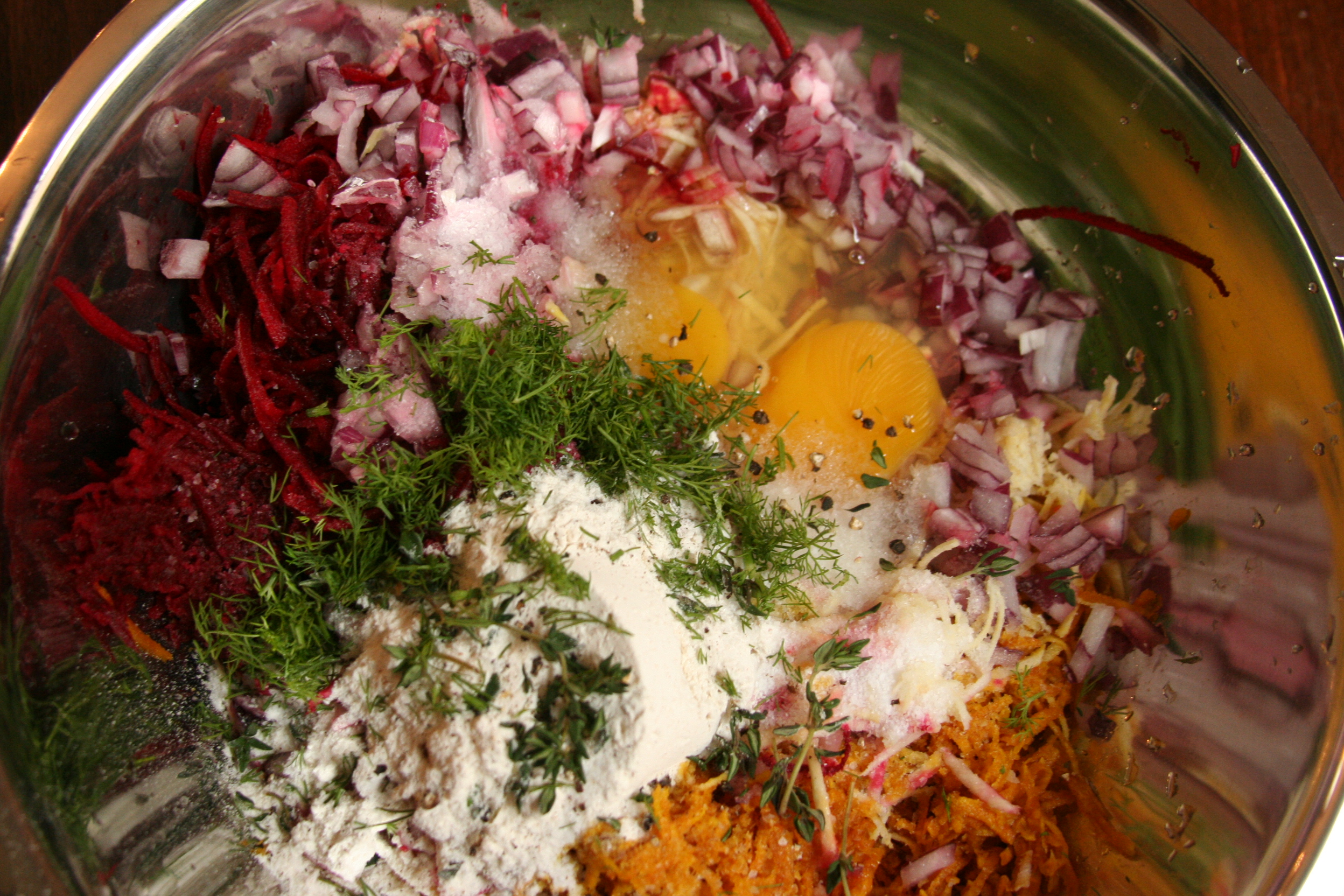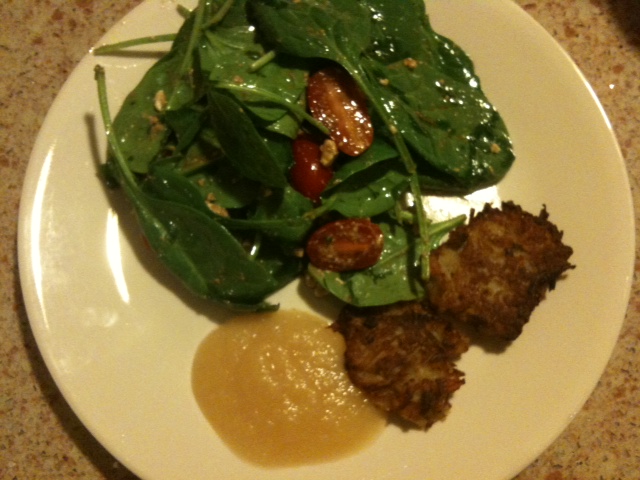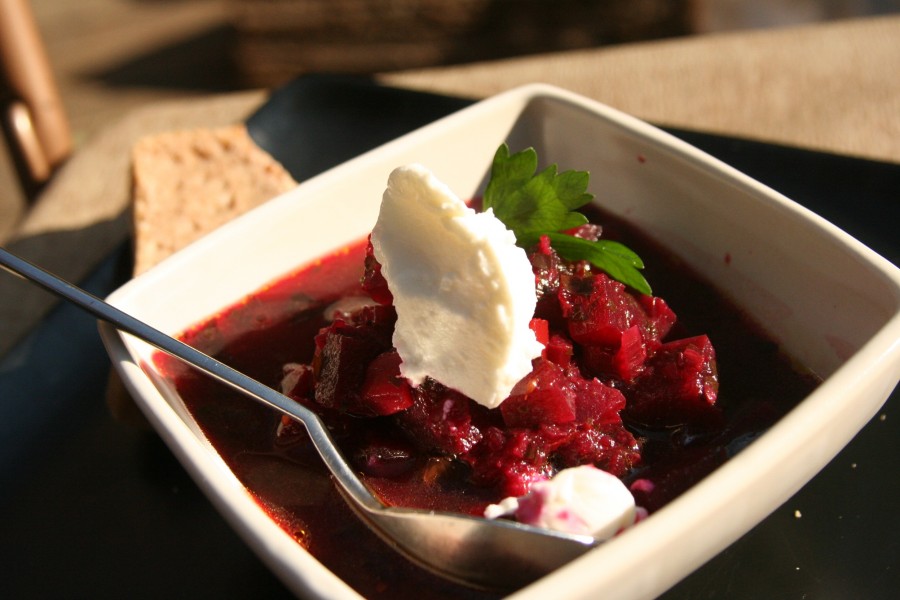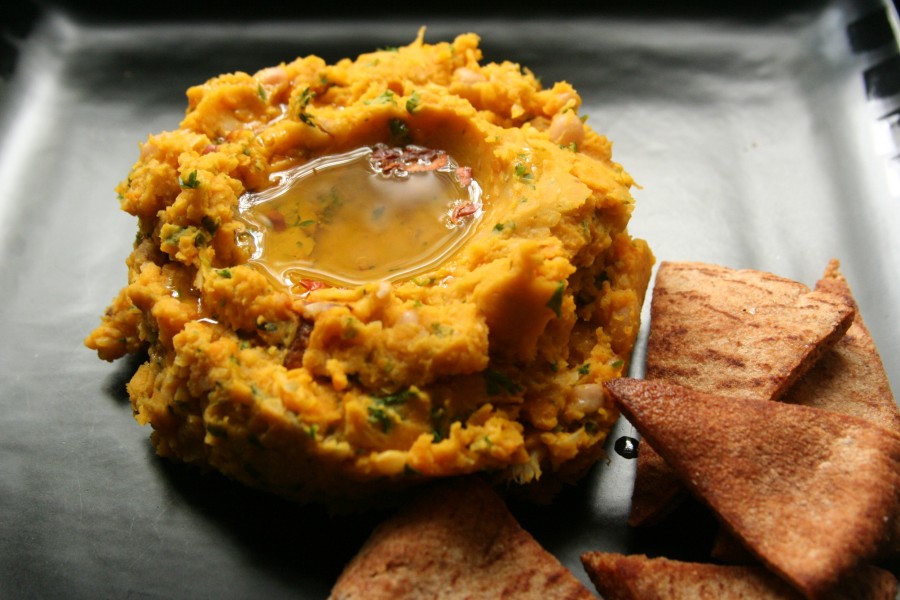If you are looking for a nutritional bang for your buck, kale is where it’s at! This beautiful winter-hardy vegetable is currently in season, and it’s one of the most nutrient-dense vegetables you can eat! There are many different ways to enjoy kale, but here I will share with you my go-to recipe for delicious and savory dark-leafy greens.
A one-cup serving of kale provides 180 percent of the RDA (recommended daily allowance) for Vitamin A, 200 percent for Vitamin C, 1,020 percent RDA for Vitamin K, as well as 5 grams of fiber- with only 36 calories and 0 grams of fat! Per calorie, mineral-rich kale has more iron content than beef, and more calcium than milk. It is great for aiding in digestion and elimination with its high fiber content. It’s also high in antioxidants, folate and magnesium. Kale even contains omega-3 fatty acids (10% RDA in a 1 cup serving)! It’s really worth the effort to add this great-tasting and nutrient-rich vegetable to your diet!
Here’s what you will need to cook up some savory garlic greens:
- 1 big bunch of kale (or any dark leafy greens of your choice )
- 2-3 cloves garlic
- 3 tsp tamari soy sauce
- 3 Tbsp olive oil
Directions: wash greens well and check for any bugs. De-stem the greens, then chop the leaves into thin strips. Coarsely chop the garlic, then coat your frying pan with olive oil and turn onto medium high heat. Add the garlic and sauté until the garlic is just starting to brown, about 1 minute. Add in the greens and sprinkle the tamari on top, then stir to coat the greens with the olive oil and tamari. Sauté on medium heat for about 3 minutes, until the greens have wilted, then cover and turn off the heat. Let the greens sit in the hot pan covered for 3-5 minutes. Even with the heat turned off, the greens will continue to steam and become more tender if left covered. These savory greens make a great side dish for most meals, and can be served over basmati rice or any whole grain of your choice.
Yield: 3-4 servings
I hope you enjoy your greens!
Do you want more ideas? See this current thread where Balaboostas members share their favorite kale recipes. They include soups, salads, and even kale chips! Yum.


